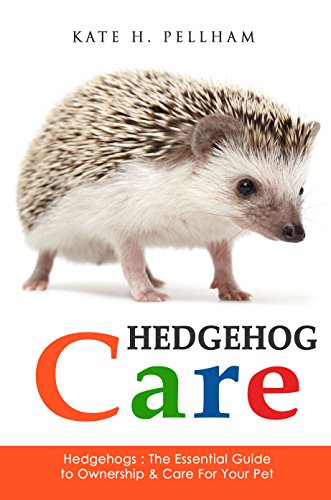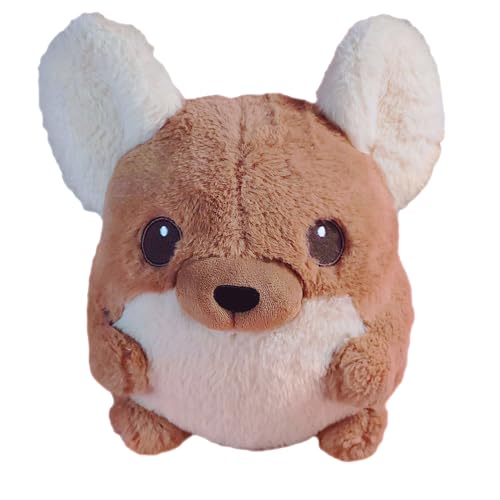Cheryl, yes you could also refer to this color as Blue Diamond White Mosaic. Genetically, he will throw the Violet gene and Sapphire gene to all of his offspring just like a BD does but, he will also throw the Wilson White gene 50% of the time to his offspring.
Juanita, no offense taken actually a good question. Luckily, in this case I'm working with very nicely furred parents. Fur quality overall with the Blue Diamonds from Denmark has been pretty strong. Their main trait weakness has been overall size/conformation. This particular color combination actually is a tremendous breeding tool if used properly. Just using a few good size/conformation Standard females with decent fur strength/volumn will produce nice Standard vc/sc, White vc/sc, Sapphire vc, White Sapphire vc, Violet sc, White Violet sc, Blue Diamond, and White Diamond offspring in just 2 generations of lineage breeding or approxiamatly 2 years. If you put a good size Violet female with him, you'd produce 50% Violet sc and 50% White Violet sc. If you put a good size Sapphire female with him, you'd produce 50% Sapphire vc and 50% White Sapphire vc. As long as the females used in breeding with this male were of good fur qualities and size, overall quality of all offspring should continue to improve with each generation of breeding. To me as an expierenced breeder and evaluator of quality in chinchillas, he can be a tremendous breeding tool.






















































